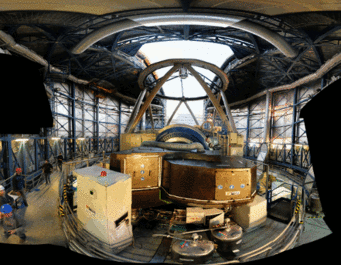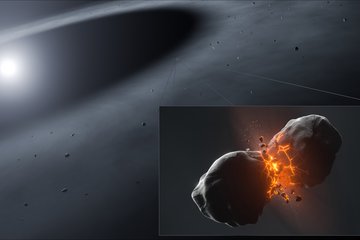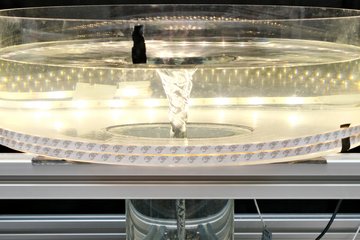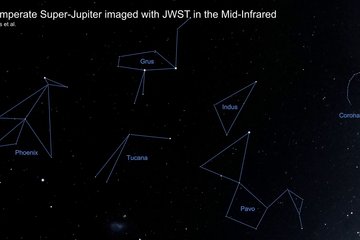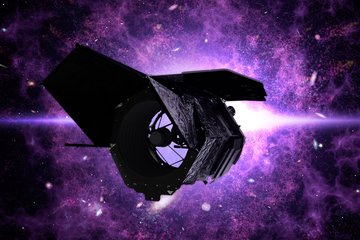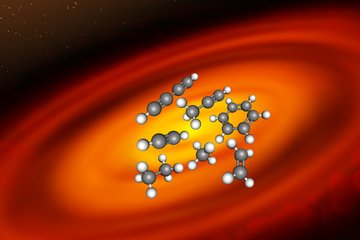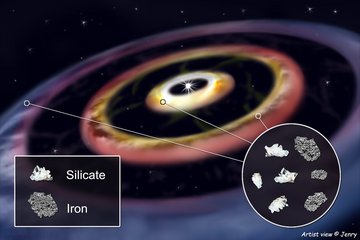SPHERE – Spectro-Polarimetric High-contrast Exo-Planet REserach
The main objective of SPHERE is to detect and characterize, by means of direct imaging, giant exoplanets in orbit around nearby stars.
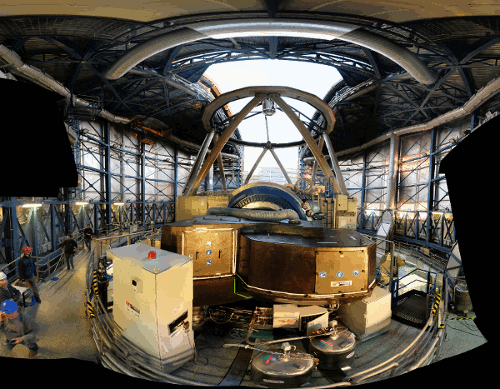
This is a major challenge since such planets are located in the immediate vicinity of their host stars and are characterized by much lower luminosity.
In a normal image, even though acquired under the best conditions, the light from the star totally masks the faint glow from the planet.
The entire design of SPHERE was therefore based on the need to obtain the highest possible contrast in the star's immediate environment. In order to make exoplanets visible, the SPHERE instrument combines different advanced techniques. Adaptive optics corrects the effects of atmospheric turbulence such that the resulting images are much finer and the contrast is improved. A coronograph blocks light from the central star: the contrast ratio increases further. Optimized data acquisition and processing procedures were designed simultaneously from the design stage. Highly developed algorithms make the best use of all the photons detected by the instrument to not only discover but also characterize (orbital parameters, chemical composition...) new worlds orbiting around stars other than the sun.
SPHERE is currently on the third unit telescope of ESO's Paranal Observatory and had its first light in May 2014. It is being offered to the community since 2015. Combining a scientific challenge with a technological challenge, SPHERE is one of the most complex ground-based astronomical observation instruments ever made. The SPHERE consortium consists of 12 European astronomical institutes under the lead of IPAG in Grenoble, France. Other consortium members besides MPIA are Padova Observatory, the Laboratoire d' Astrophysique in Marseille, ETH Zurich, the University of Amsterdam, the Geneva Observatory, the LAGRANGE laboratory, and LESIA in Paris.
